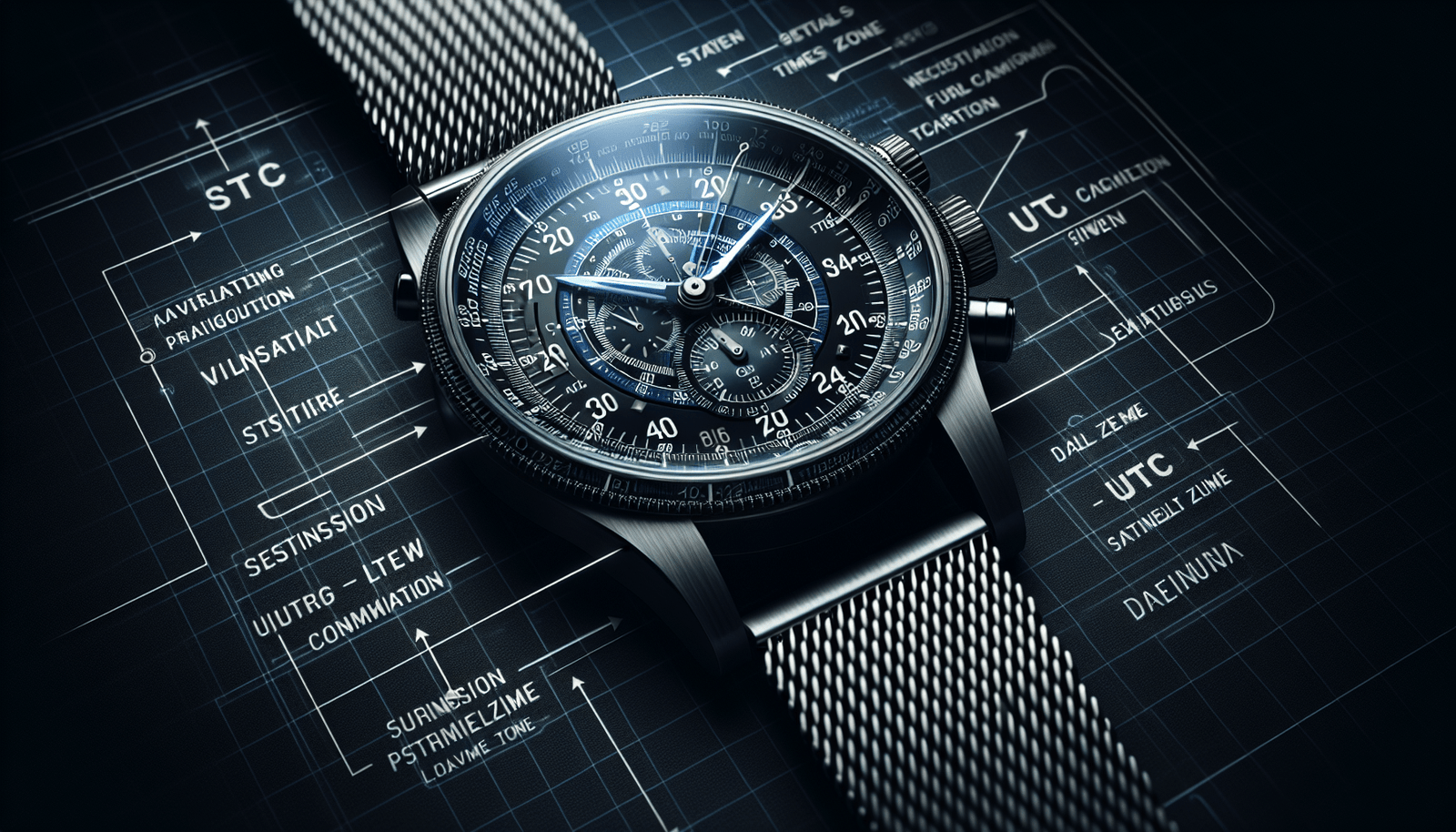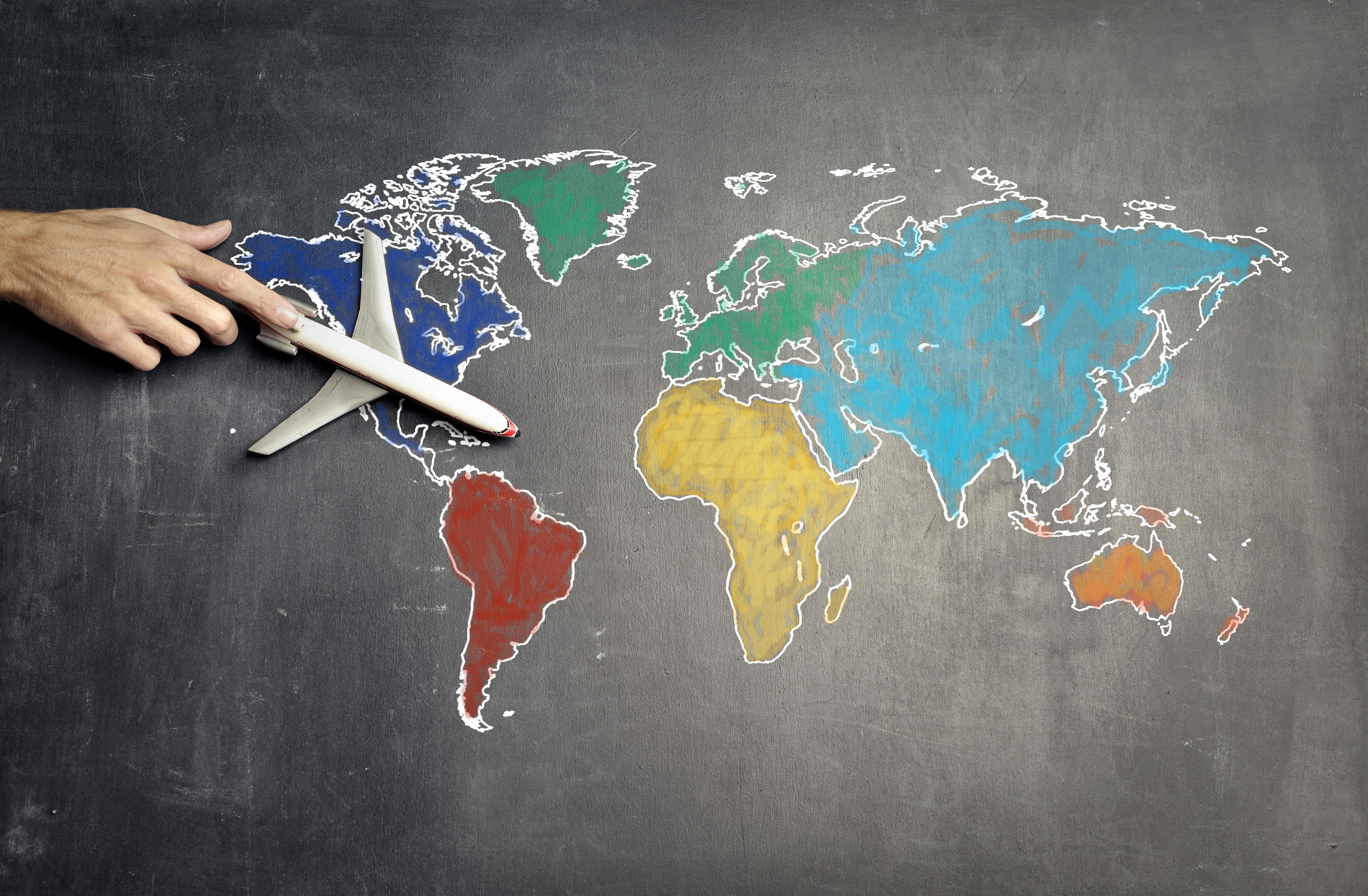
When it comes to the worlds of aviation and deep-sea exploration, the importance of specialized knowledge and equipment cannot be overstated. Pilots and divers face unique challenges, and as a result, their professions require a range of specific complications. These complications, designed to enhance functionality and ensure the safety of these individuals, encompass features such as altitude indicators, decompression timers, and water resistance. If you’re curious about the intricacies of the timepieces that cater to pilots and divers, read on to discover some of the notable complications that have been developed specifically for these professionals.
Complications for Pilots
Being a pilot can be both exciting and challenging, but it also comes with its fair share of complications. In this article, we will explore some of the most common complications that pilots may encounter during their career. These complications include hypoxia, spatial disorientation, jet lag, G-force stress, and fatigue. Understanding these issues is crucial for pilots to ensure both their safety and the safety of their passengers.
Hypoxia
Hypoxia is a condition in which the body doesn’t receive enough oxygen, leading to potential health hazards. This can occur due to various factors, such as high altitudes, rapid decompression, or faulty oxygen systems. Symptoms of hypoxia may include confusion, dizziness, shortness of breath, and in severe cases, loss of consciousness.
To prevent hypoxia, pilots should ensure that the aircraft’s oxygen systems are functioning correctly and maintain a proper cabin pressurization. In the event of suspected hypoxia, immediate descent to a lower altitude is crucial. Treatment for hypoxia primarily involves providing supplemental oxygen to the affected individual.
Spatial Disorientation
Spatial disorientation is another complication that pilots may face, especially when flying in poor weather conditions or at night. It occurs when there is a mismatch between what the pilot’s body perceives and what their instruments indicate. This can lead to confusion and difficulty in accurately determining their position and orientation relative to the earth’s surface.
Symptoms of spatial disorientation include dizziness, vertigo, and a loss of spatial awareness. To mitigate the risk of spatial disorientation, pilots undergo comprehensive training, including spatial orientation exercises and simulators. By familiarizing themselves with the sensations experienced during spatial disorientation, pilots can better cope with these situations and make informed decisions.
Jet Lag
Jet lag is a well-known complication that pilots often experience due to crossing multiple time zones. It occurs when the body’s internal clock, known as the circadian rhythm, is disrupted. Symptoms of jet lag include fatigue, insomnia, difficulty concentrating, and gastrointestinal issues.
To minimize the effects of jet lag, pilots are advised to maintain a regular sleep schedule, stay hydrated, and avoid excessive caffeine and alcohol consumption. Additionally, exposing oneself to natural light and engaging in light physical activity can help regulate the body’s internal clock.
G-Force Stress
G-Force stress is a unique complication that pilots, especially those flying high-performance aircraft, may encounter. It refers to the physical and physiological stress experienced due to rapid acceleration or deceleration during maneuvers. These forces can place significant strain on the body, particularly the cardiovascular and musculoskeletal systems.
The effects of G-Force stress on the body may include blurred vision, tunnel vision, loss of consciousness, and impaired cognitive function. To prevent or minimize these effects, pilots undergo specialized training in G-force tolerance techniques. These techniques include proper breathing and muscle tensing to prevent blood from pooling in the lower part of the body.
Fatigue
Fatigue is a common complication among pilots, primarily due to irregular work schedules, long flights, and disrupted sleep patterns. It can significantly affect a pilot’s performance, reaction time, and decision-making abilities, potentially compromising flight safety.
Causes of fatigue in pilots can vary, including long duty hours, time zone changes, and insufficient rest between flights. The effects of fatigue can manifest as excessive sleepiness, difficulty concentrating, and impaired cognitive function. To mitigate fatigue, pilots should prioritize obtaining adequate restorative sleep, maintaining a healthy lifestyle, and utilizing fatigue risk management strategies implemented by airlines.

Complications for Divers
Diving is an exhilarating activity that allows individuals to explore the wonders of the underwater world. However, just like aviation, diving also has its unique set of complications. In this section, we will delve into the notable complications specifically tailored to divers. These complications include decompression sickness, nitrogen narcosis, oxygen toxicity, barotrauma, and drowning.
Decompression Sickness
Decompression sickness (DCS), also known as “the bends,” occurs when divers ascend too quickly from deep dives and nitrogen bubbles form in the body tissues. This can cause symptoms such as joint and muscle pain, dizziness, fatigue, and in severe cases, paralysis or even death.
Treatment for decompression sickness typically involves administering hyperbaric oxygen therapy, which involves breathing pure oxygen in a pressurized environment. Prevention of DCS involves following appropriate dive tables or utilizing dive computers to calculate safe ascent rates and mandatory decompression stops.
Nitrogen Narcosis
Nitrogen narcosis, also known as “raptures of the deep,” is a condition that occurs when divers descend to significant depths. Under increased pressure, nitrogen can act as a narcotic, affecting the diver’s cognitive abilities. Symptoms of nitrogen narcosis can range from euphoria and disorientation to impaired judgment and loss of consciousness.
To prevent nitrogen narcosis, divers can utilize blended gases such as trimix or heliox, which minimize or eliminate the effects of nitrogen at depth. Additionally, divers should undergo proper training to recognize the symptoms and respond accordingly.
Drowning
Drowning is a serious complication that can occur during diving accidents. It can happen due to a variety of factors, including equipment failure, loss of consciousness underwater, or inadequate safety precautions. Drowning can lead to severe injuries, brain damage, or even death.
Prevention of drowning primarily involves adherence to strict safety measures, including thorough dive planning, equipment checks, buddy systems, and continuous communication underwater. Divers should also maintain good physical fitness, regularly update their skills and knowledge through certifications, and be aware of potential risks in their environment.
In conclusion, both pilots and divers face their own unique set of complications, which can significantly impact their safety and well-being. Understanding and proactively addressing these complications through proper training, adherence to safety guidelines, and effective risk management strategies are imperative for both professions. By being aware of these challenges and taking appropriate measures, pilots and divers can navigate their respective domains with confidence and ensure the utmost safety for themselves and those they serve.
